The Best- and Worst-Case Forecasts for This Coronavirus Recession
Here is a rough guide to how deep a decline we’re facing, and how the eventual recovery may unfold.
A brutal recession is upon us as the effects of the public health crisis ripple across industries.
The best realistic scenario we can imagine: A GDP decline for the year of 4%, worse than the Great Recession. That assumes a relaxation of the various government restrictions on movement and business sometime in May (the earliest we can see) and a solid rebound in the second half of 2020.
Unemployment is going to shoot up, to 12% or higher, the worst level that the U.S. has experienced since 1940. Consumer spending is heading for a cliff; we expect it to be down 30% in the second quarter of 2020.

Sign up for Kiplinger’s Free E-Newsletters
Profit and prosper with the best of expert advice on investing, taxes, retirement, personal finance and more - straight to your e-mail.
Profit and prosper with the best of expert advice - straight to your e-mail.
While a few categories, like groceries and home health care, will see gains, others, such as auto sales, restaurant meals and the like, will all but evaporate, down 60% or more. Business investment will drop by 20% in the second quarter as inventories are depleted and nonresidential construction screeches to a halt. Home building is a relative bright spot as most states are letting it go forward, with precautions to keep workers distanced from each other. Expect home sales to drop this spring but then soar when health fears subside.
If the epidemic can be contained soon, and if the quarantines are relaxed, some parts of the economy could enjoy a strong recovery. Unemployment would come down more quickly than it did after the last recession, as businesses reopen. In that scenario, expect a jump in spending on certain goods and services after months of pent-up demand, especially by workers who held on to their jobs.
Housebound consumers will spend on household goods, clothes, and haircuts — everyday purchases that got put on hold. Durable goods like cars and appliances, big things people needed but didn’t feel comfortable buying when they were afraid of losing their jobs, should recover as well.
The spending that won’t bounce back quickly, due to lingering infection risks: dining out, travel and any sort of entertainment or recreation involving crowds.
Overall, don’t expect a sudden recovery. Businesses and consumers alike are going to be careful about spending. Social distancing is likely to remain common even after the worst of the virus passes, especially given the shortage of face masks.
And remember, this is the best case. Keep this gloomier possibility in mind: A second wave of infections if the country tries to go back to normal too soon. Hopefully, widespread virus testing and other medical advances will prevent that. But if infections and deaths jump again after the situation seems to be under control, the resulting blow to the economy could rival the worst years of the Great Depression.
Get Kiplinger Today newsletter — free
Profit and prosper with the best of Kiplinger's advice on investing, taxes, retirement, personal finance and much more. Delivered daily. Enter your email in the box and click Sign Me Up.
-
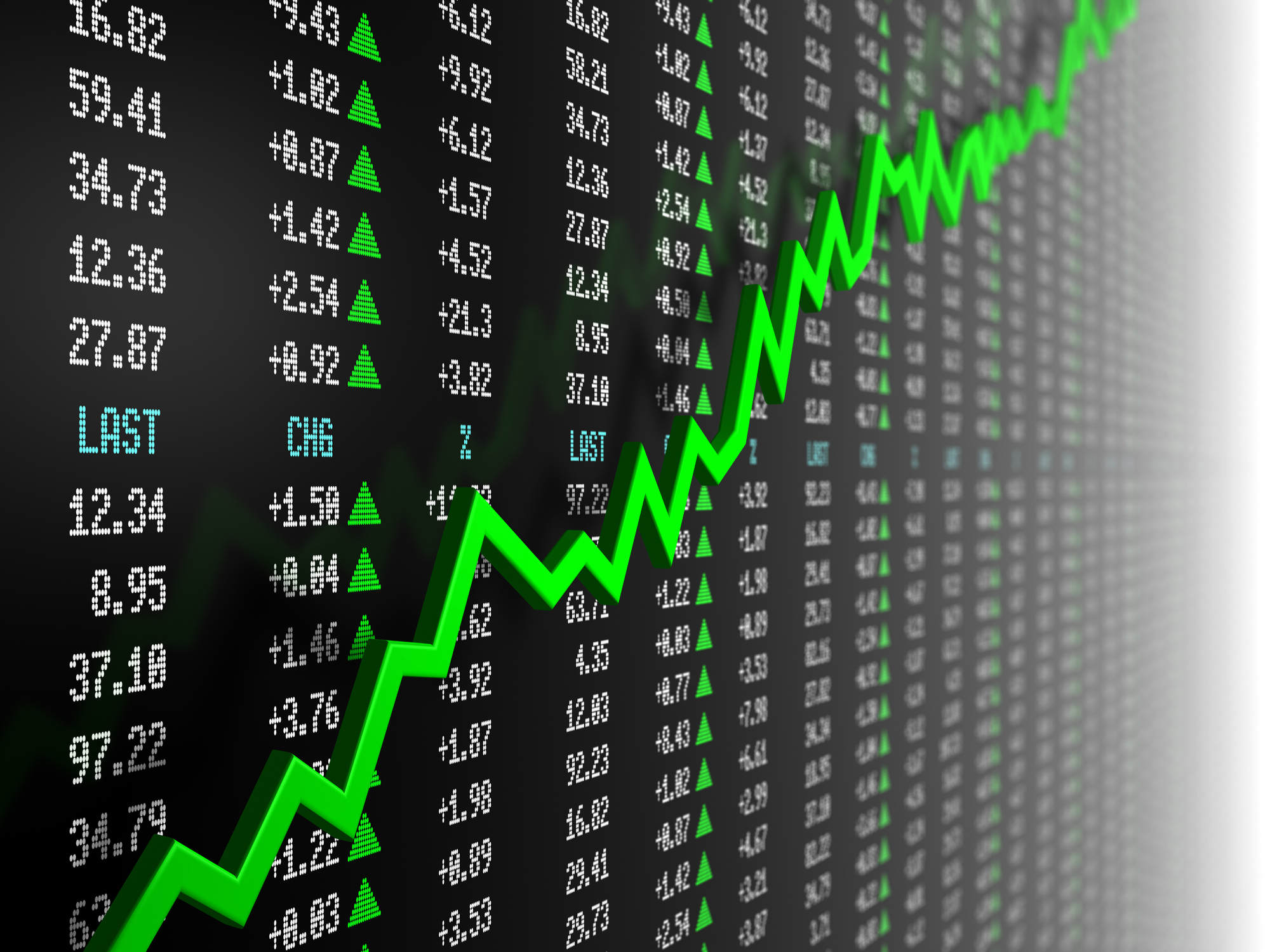 33 Stocks That Could Rally 50% or More This Year
33 Stocks That Could Rally 50% or More This YearAnalysts say these S&P 500 stocks have at least 50% price upside over the next year or so.
By Dan Burrows
-
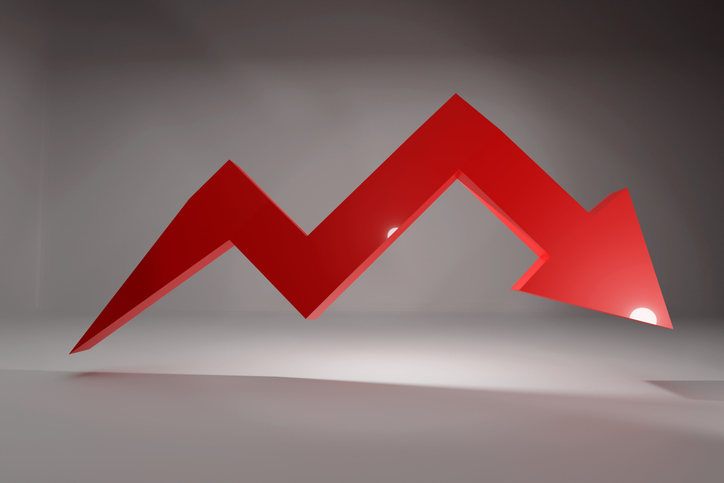 Stock Market Today: Dow Drops 971 Points as Powell Pressure Ramps Up
Stock Market Today: Dow Drops 971 Points as Powell Pressure Ramps UpPresident Trump is increasing his attacks against Jerome Powell, insisting the Fed chair cut interest rates.
By Karee Venema
-
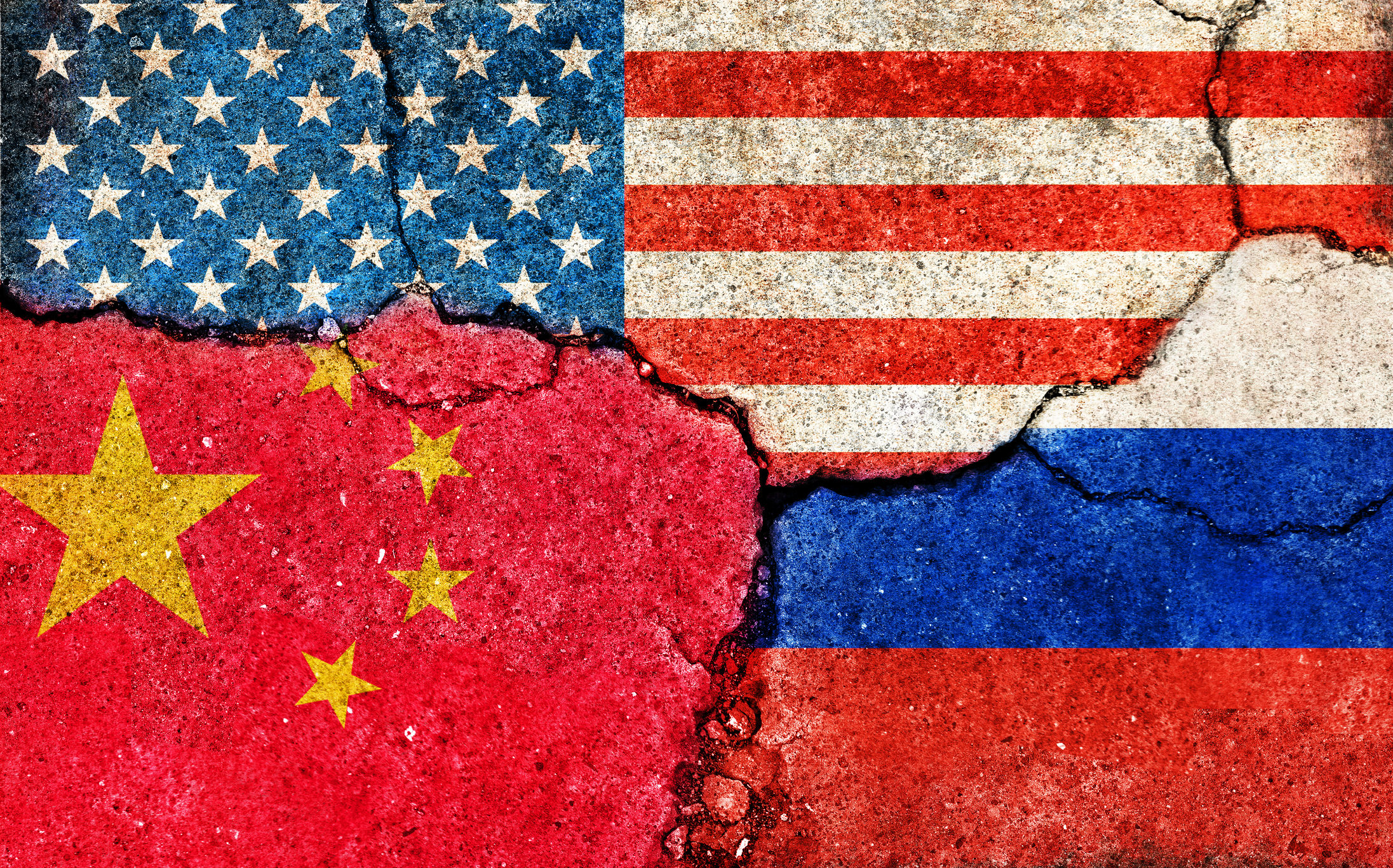 The Economic Impact of the US-China Trade War
The Economic Impact of the US-China Trade WarThe Letter The US-China trade war will impact US consumers and business. The decoupling process could be messy.
By David Payne
-
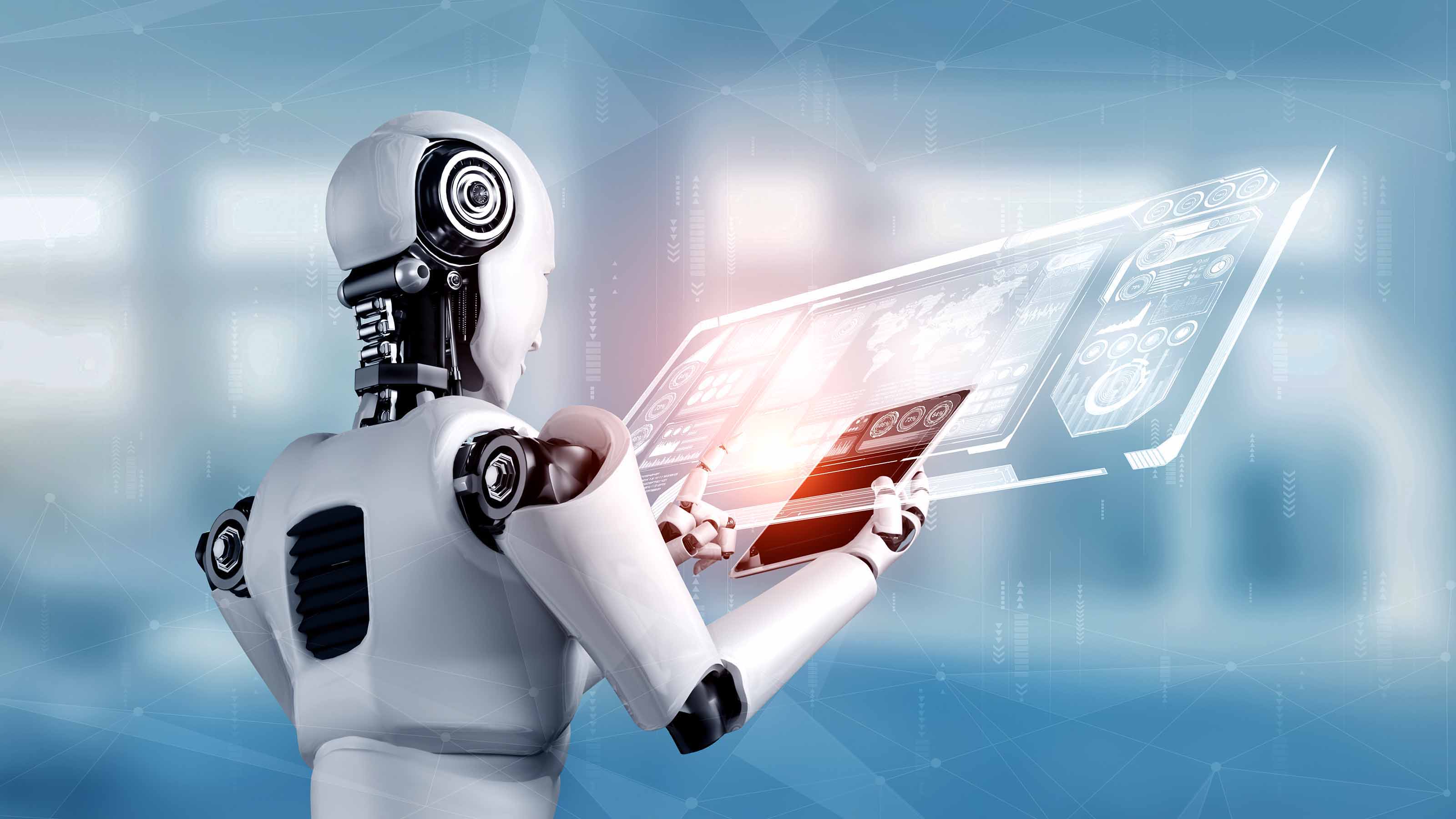 AI Heads to Washington
AI Heads to WashingtonThe Kiplinger Letter There’s big opportunity for AI tools that analyze MRIs and other medical images. But also big challenges that clinicians and companies will have to overcome.
By John Miley
-
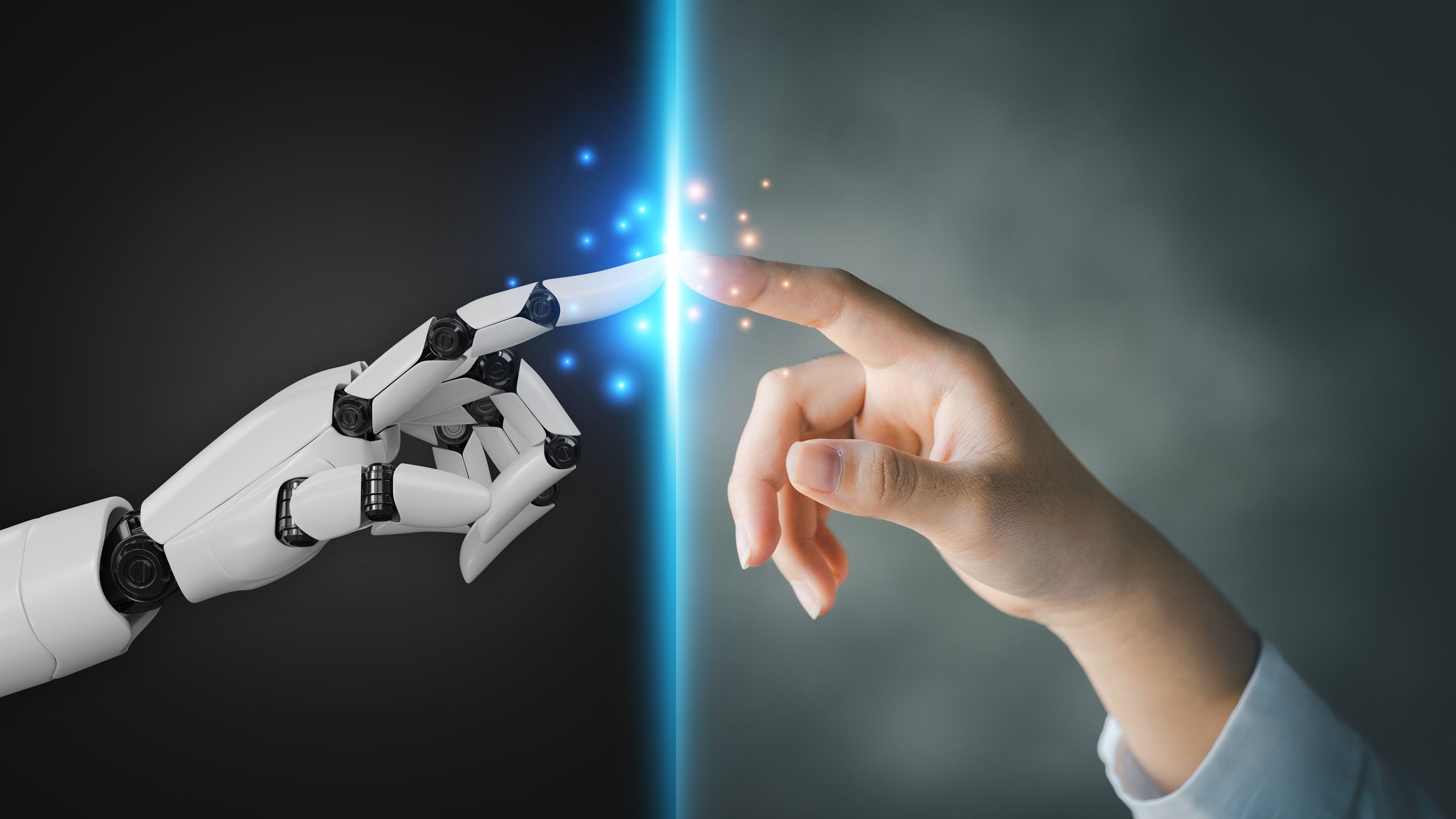 The AI Doctor Coming to Read Your Test Results
The AI Doctor Coming to Read Your Test ResultsThe Kiplinger Letter There’s big opportunity for AI tools that analyze CAT scans, MRIs and other medical images. But there are also big challenges that human clinicians and tech companies will have to overcome.
By John Miley
-
 The New Space Age Takes Off
The New Space Age Takes OffThe Kiplinger Letter From fast broadband to SOS texting, space has never been more embedded in peoples’ lives. The future is even more exciting for rockets, satellites and emerging space tech.
By John Miley
-
 Rising AI Demand Stokes Undersea Investments
Rising AI Demand Stokes Undersea InvestmentsThe Kiplinger Letter As demand soars for AI, there’s a need to transport huge amounts of data across oceans. Tech giants have big plans for new submarine cables, including the longest ever.
By John Miley
-
 What DOGE is Doing Now
What DOGE is Doing NowThe Kiplinger Letter As Musk's DOGE pursues its ambitious agenda, uncertainty and legal challenges are mounting — causing frustration for Trump.
By Matthew Housiaux
-
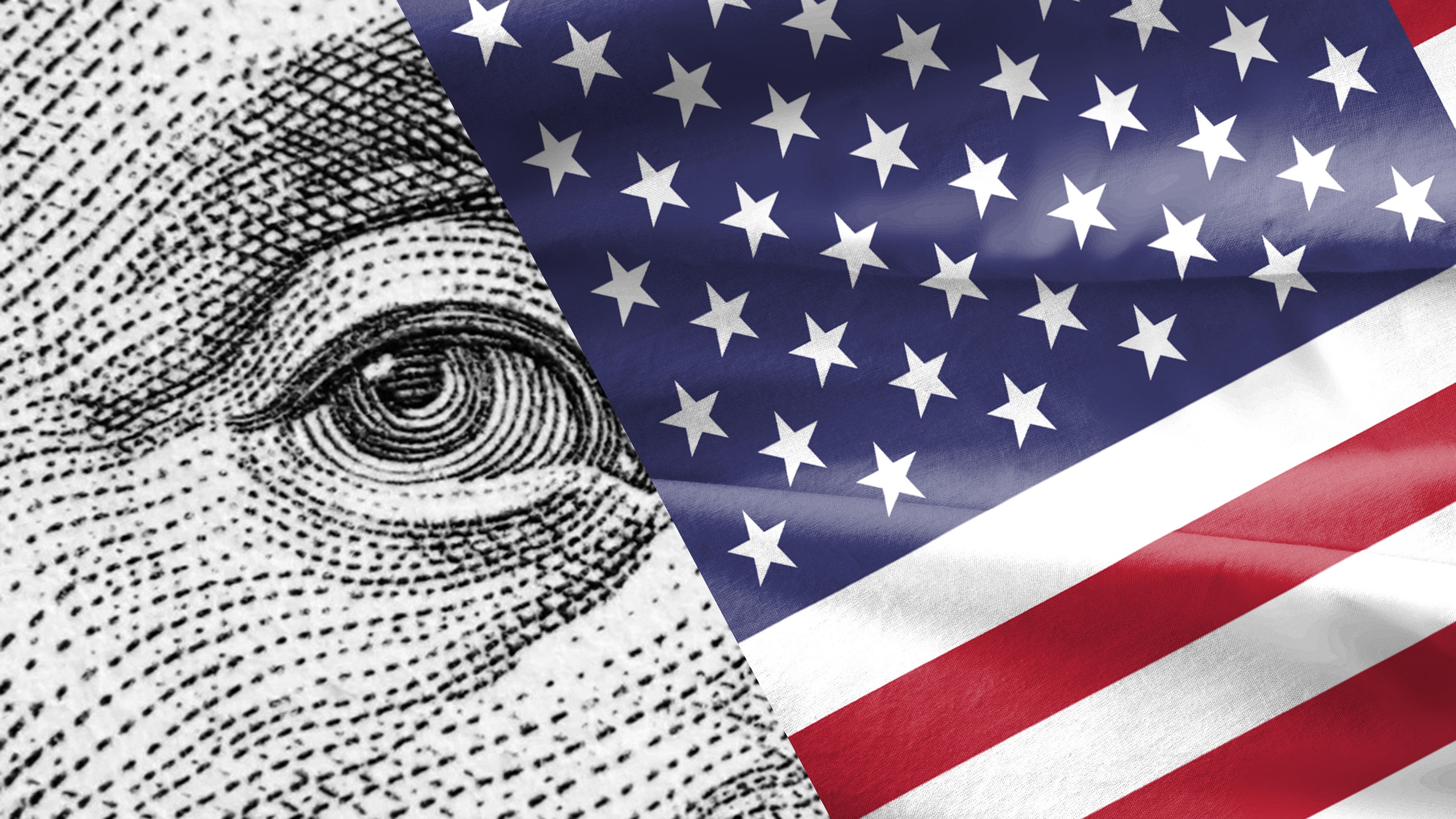 A Move Away From Free Trade
A Move Away From Free TradeThe Letter President Trump says long-term gain will be worth short-term pain, but the pain could be significant this year.
By David Payne
-
 The Explosion of New AI Tools
The Explosion of New AI ToolsThe Kiplinger Letter Workers and consumers soon won’t be able to escape generative AI. Does that mean societal disruption and productivity gains are right around the corner?
By John Miley